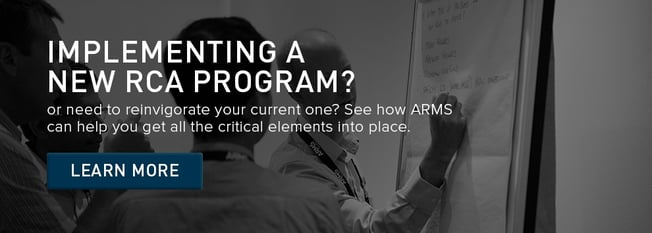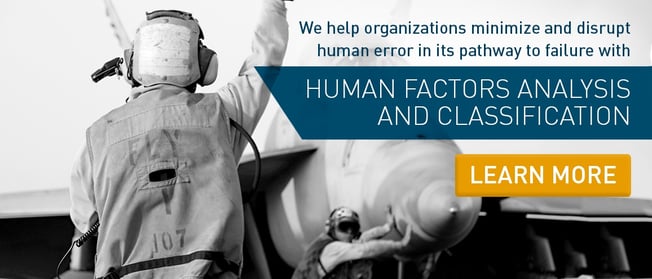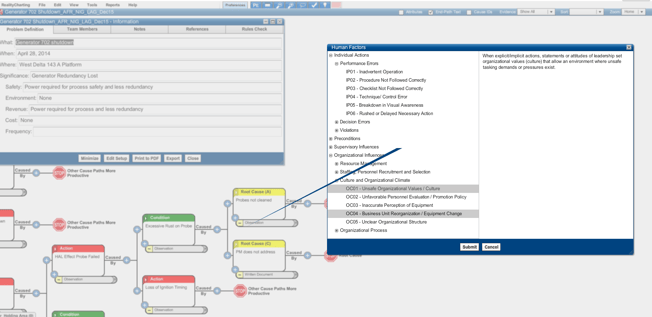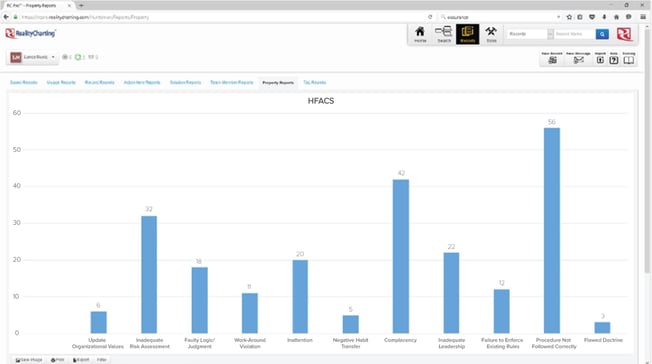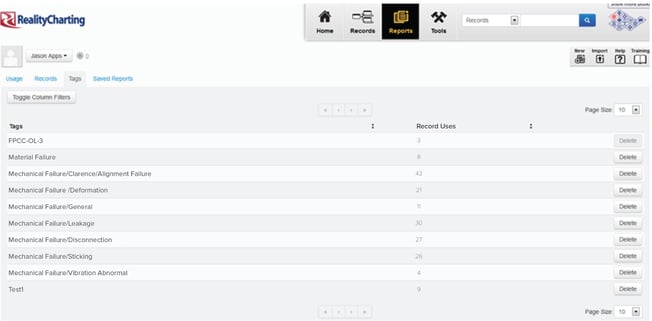 The previous article in our blog series described the recommended training strategy for your RCA program development. The next step in achieving a successful RCA program is to ensure leadership understands their role and has the tools in place to ensure the longevity of the program and its effectiveness.
The previous article in our blog series described the recommended training strategy for your RCA program development. The next step in achieving a successful RCA program is to ensure leadership understands their role and has the tools in place to ensure the longevity of the program and its effectiveness.
To ensure the success of your root cause analysis program leadership must have a vested interest and take responsibility not only for developing and overseeing the functions of the RCA effort, but also monitoring the status of the individual analyses and associated solutions. This monitoring is typically done by the Steering Committee in conjunction with its other strategic responsibilities.
The critical elements to track in relation to conducting the root cause analysis include
- Incident date
- RCA assignment date and lead
- Estimated RCA completion date
- Days past due
- Escalation activity
- Actual completion date
The critical elements to track in relation to the solutions that are to be implemented include
- RCA completion date
- Solution assignment date and lead
- Estimated solution completion date
- Days past due
- Escalation activity
- Actual completion date
- Frequency of incident recurrence
- Annual savings/HSE incident reduction
 Once a root cause analysis has been completed, a list of potential solutions will be developed by the RCA team and submitted to the Steering Committee via the Program Champion or his/her designee for approval. The Steering Committee then assigns these solutions to individuals for completion and puts them into an action plan format with assigned due dates. These actions should be completed in the shortest time possible, otherwise the process will quickly fade away. The Steering Committee must track the status of open RCAs, the progress of implementing the solutions to ensure timely completion, and the effectiveness of previously implemented solutions (as measured by recurrences of the original incidents). New analyses should not be started if a large number of solutions remain to be implemented.
Once a root cause analysis has been completed, a list of potential solutions will be developed by the RCA team and submitted to the Steering Committee via the Program Champion or his/her designee for approval. The Steering Committee then assigns these solutions to individuals for completion and puts them into an action plan format with assigned due dates. These actions should be completed in the shortest time possible, otherwise the process will quickly fade away. The Steering Committee must track the status of open RCAs, the progress of implementing the solutions to ensure timely completion, and the effectiveness of previously implemented solutions (as measured by recurrences of the original incidents). New analyses should not be started if a large number of solutions remain to be implemented.
An appropriate person needs to be assigned the responsibility of tracking progress and recurrence. The right person for this responsibility may be different for different organizations. Progress is tracked by showing the number or percentage of completed solutions. Recurrence will be tracked by measuring repetition of the incident.
Some organization will already have software and methods for tracking tasks, such as a CMMS. If this is the case, it can be considered for RCA and solution tracking as well. However, if a system does not currently exist or does not fulfill all the organization’s RCA tracking needs, then we would recommend considering RCProTM enterprise RCA software. It allows for the generation of an action list, due dates, and comments of each analysis to be shared with team members. It will also provide detailed reports on current investigation status, action tracking, outstanding Items, and view systemic issues across the organization.
This is where the Steering Committee review and support really comes in to play. The leadership team should review RCA status and solution implementation and final results as a regular part of Steering Committee business. The Steering Committee’s main role is to ensure that RCAs are completed in a timely fashion and that resulting solutions are implemented and tracked for effectiveness.
So far, this blog series has covered:
The Key Steps of Designing Your Program
Defining Goals and Current Status
Setting KPIs and Establishing Trigger Thresholds
RCA and Solution Tracking and Roles and Responsibilities
Recommended RCA Team Structure
Responsibilities of the Six Roles
RCA Program Development Training Strategy
And, Oversight and Management.
Stay tuned for our next installment on RCA Process Mapping.

 The previous article in our blog series on RCA Program Development described the
The previous article in our blog series on RCA Program Development described the 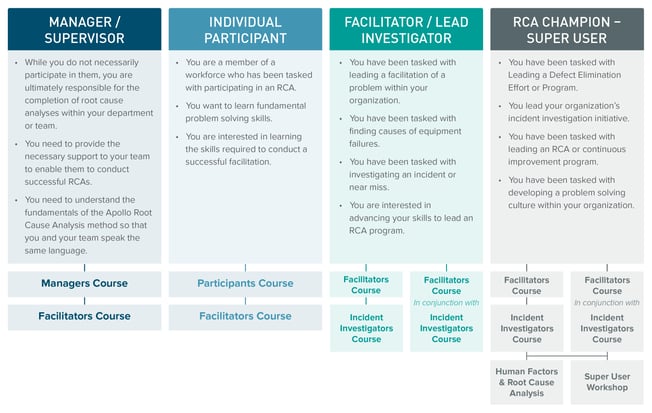

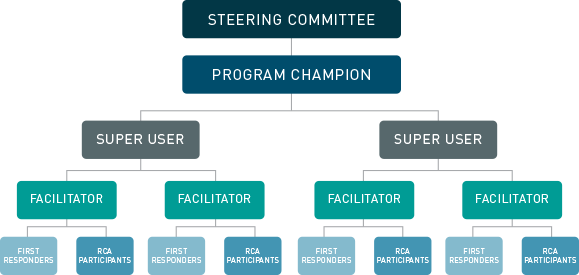

 As outlined in our previous blog article, “
As outlined in our previous blog article, “


